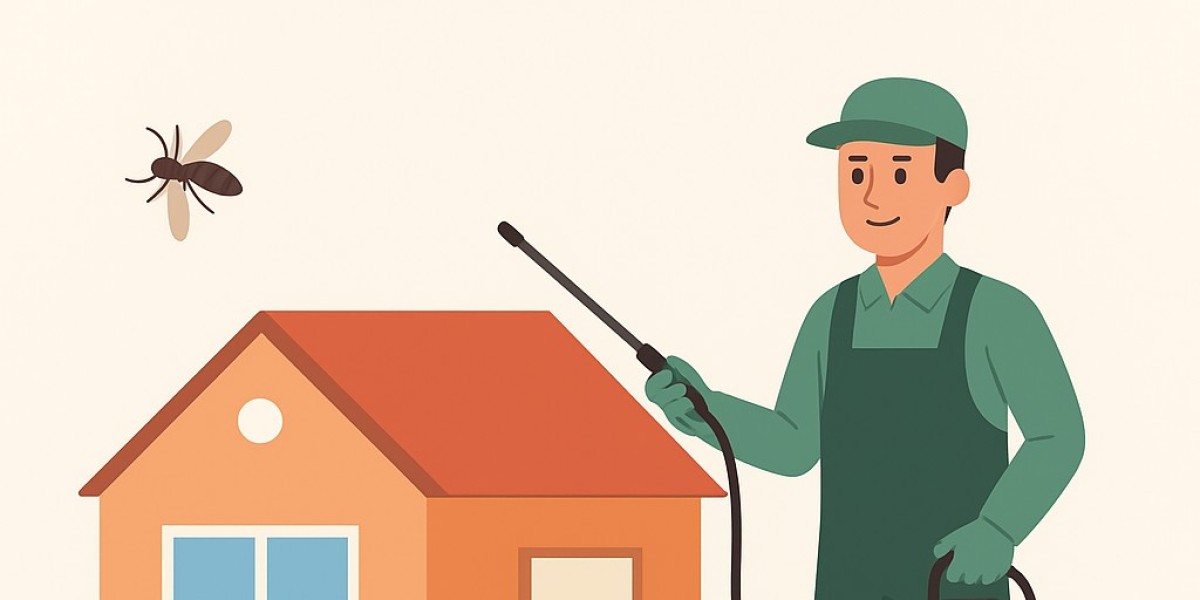Pest control is a plan that finds the pest, fixes the cause, and keeps them away. The best way is called Integrated Pest Management or IPM. IPM uses simple steps that use the least harmful methods first.
Inspect and identify
Look carefully inside and outside your home. Check for droppings, chew marks, nests, dead insects, or wet spots. A good inspection tells you what pest you have and where they are hiding. Professionals and extension guides say inspection is the first and most important step.Prevent and seal entry points
Keep pests out by fixing holes, gaps, and screens. Store food in sealed containers and fix leaks so there is no water for bugs. For rodents, sealing gaps and removing food sources makes traps and baits much more effective. Public health agencies recommend exclusion and sanitation as key prevention steps.Monitor and use traps where needed
Put monitors and traps in places the pest likes. Check them often and keep records. Many companies now use digital sensors and apps for remote monitoring so they can spot problems faster. This helps catch new problems before they grow.Use targeted treatments only when needed
Choose the correct treatment for the pest and the place. For mosquitoes, remove standing water and use larvicides only in water that cannot be drained. Larvicides stop mosquitoes before they become biting adults. For termites, common professional methods include baiting, liquid soil treatments, or fumigation when needed. Match the method to the pest and the size of the problem.Follow up and keep records
After treatment, check again to make sure the pest is gone. Good companies give a written plan and a follow up visit. Keeping records helps you know what worked and what to do next time.Read labels and protect people and pets
If you use pesticides, always read the label and follow instructions exactly. The label tells you how to use the product safely and what to do in an emergency. Using nonchemical methods first lowers the risks to children, pets, and the environment.
When to call a professional
Call a trained pest pro if the infestation is large, if pests carry disease, if you have termites or wildlife in walls, or if DIY methods do not work. Licensed professionals use tools, tests, and treatments not available to most homeowners.
Quick checklist you can use today
Walk around your home and look for signs of pests.
Seal holes bigger than a pencil.
Store food in airtight containers.
Remove standing water and clean gutters.
Set a few traps or monitors and check them weekly.
Call a pro if you see nests, large numbers of pests, or structural damage.
If you want, I can make a short printable checklist or a home inspection script you can use on one visit. Which would you prefer?






